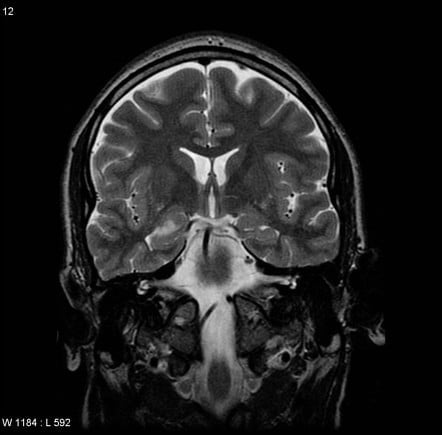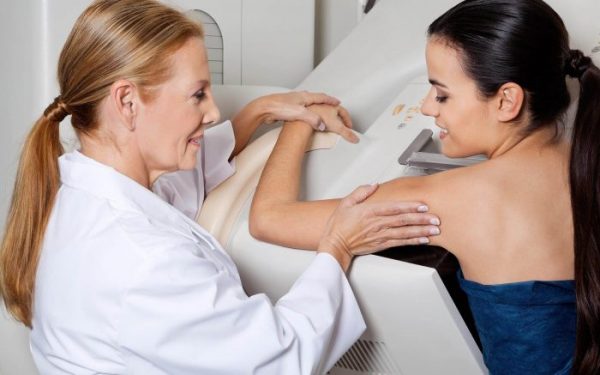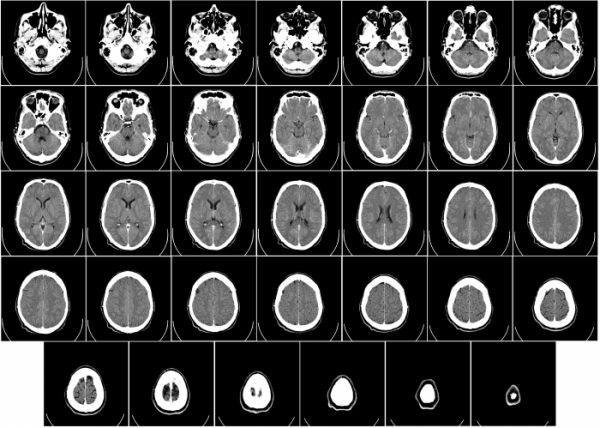ABOUT DIAGNOSTIC X-RAYS
An X-ray, also referred to as x-radiation, is a procedure which involves taking images of the internal components of the body, most commonly to examine the bones. An X-ray is taken for diagnostic purposes and is used to help diagnose bone fractures, bone cancer, arthritis, and osteoporosis.
X-rays may also be taken to examine areas of the chest to help diagnose breast cancer, heart failure, lung conditions, and blocked blood vessels. For examining the abdomen, an X-ray may be taken to diagnose problems with the digestive tract. Some types of X-rays may require using a contrast material such as barium, to create more detailed images.
X-rays are also commonly used in dentistry to determine the cause of a dental problem with a tooth or the jaw. It may also be used during treatment, such as to monitor the position of a dental implant or to ensure that a root has been fully emptied during root canal treatment.
Having an X-ray is a painless procedure, however, it exposes the patient to very low amounts of radiation.
Recommended for
- Identifying a cause of pain
- Diagnosing bone injuries
- Routine dental checkups
TIME REQUIREMENTS
- Number of days in hospital: 1 .
Patients will leave the hospital after the X-ray.
- Average length of stay abroad: 1 – 2 days.
Patients will usually have X-rays as part of their treatment plan, and may stay longer for follow-up care.
- Number of trips abroad needed: 1.

HOW TO FIND QUALITY TREATMENT ABROAD
BEFORE DIAGNOSTIC X-RAYS ABROAD
Before an X-ray, patients will need to remove any piercings, metal objects or jewelry. If contrast material is being used, the patient may need to drink the substance or receive an injection.
HOW IS IT PERFORMED
Depending on area being tested, the patient is positioned into place and the X-ray machine will take images. The patient will need to lie as still as possible so that the images are not distorted. The radiologist will leave the room while the images are being taken. Procedures which involve using contrast material may take longer than a regular X-ray.
Procedure duration
The Diagnostic X-Rays takes 10 to 13 minutes.

WHAT TO EXPECT AFTER DIAGNOSTIC X-RAYS
Post procedure care
If contrast material is used, the patient is advised to drink lots of water afterwards to flush it out.
IMPORTANT THINGS TO KNOW ABOUT DIAGNOSTIC X-RAYS
Not recommended for
- Pregnant patients.













